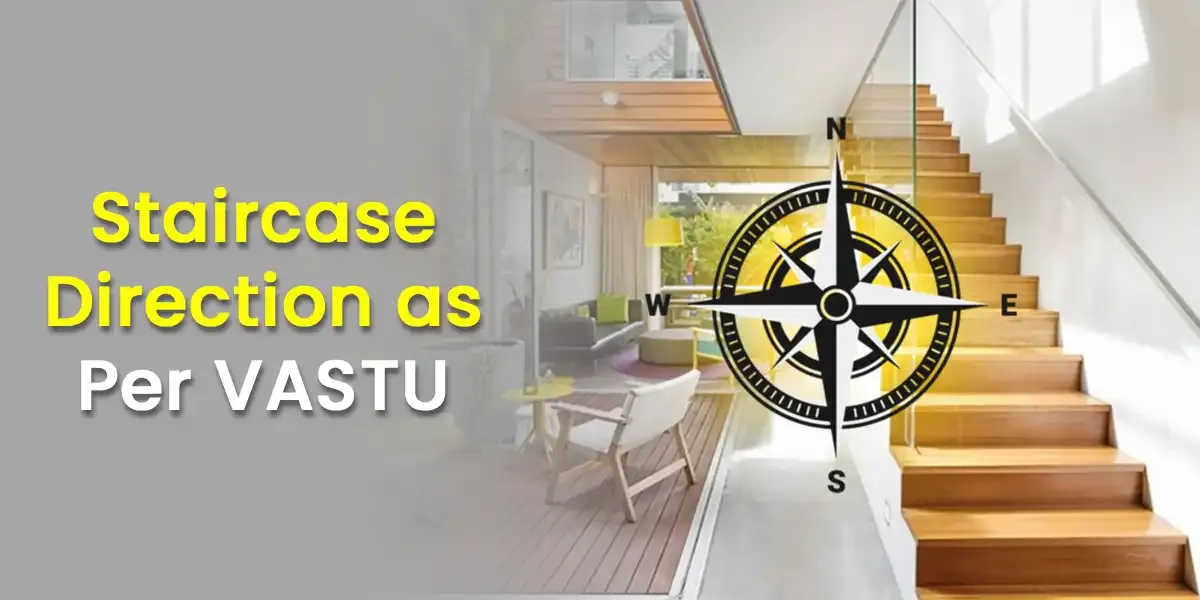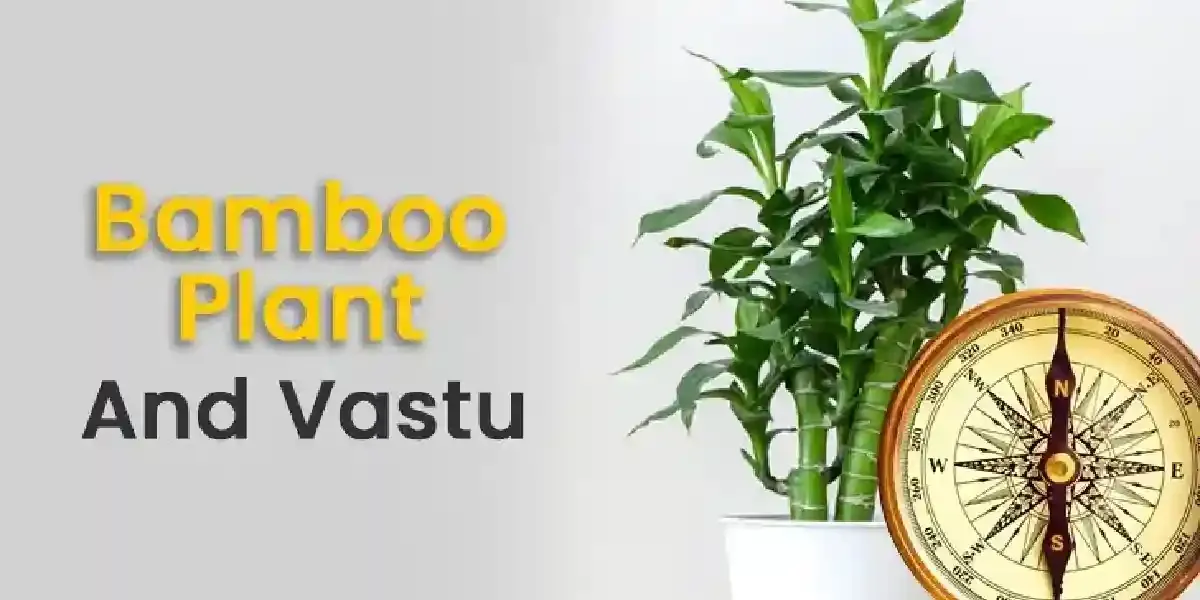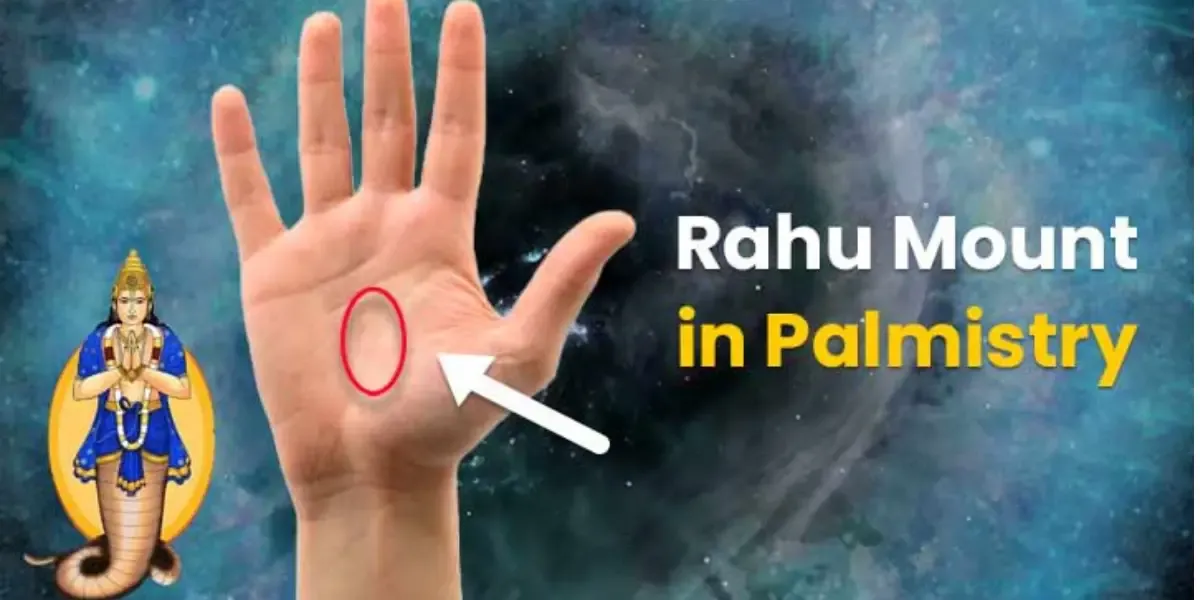Vastu Shastra
Vastu Shastra is the ancient Indian science of architecture and direction, rooted in the harmony between nature’s five elements — earth, water, fire, air, and space. It aims to create a balanced environment that promotes health, happiness, prosperity, and positive energy.
Vastu tip of the day
(Monday, December 15, 2025)
If you have a toilet or a fireplace in the northeast corner of your house or office, then it can ruin the finances and the mental peace of the people in this area. It can also cause quarrel amongst the people. Using pre-energized pyramids, sea salt, green creepers, blue bulb and yellow towels can largely help in minimizing these ill effects.
Universal Vastu Guide: Complete Insights for Every Space
Explore the ancient wisdom of Vastu Shastra to enhance harmony, prosperity, and positivity in your home or workplace with practical tips and scientific insights.
Vastu Tips
- Vastu for Home
- Vastu for New House
- Main Door House Entrance
- Factory
- Vastu for Office
- Vastu for Dining Room
- Vastu for Bathroom
- Vastu Kitchen
- Children Room
- Guest Room
- Study Room
- Colors for Home
- Pooja Room
- Shop
- Career
- Marriage Life
- Health
- Positive Energy
- Business
- Plants
- Bedroom
- Happiness
- Peace
- Wealth
- Pyramid
- Compass
- Vastu Dosh
- North Facing House
- South Facing House
- East Facing House
- Earth
- Air
- Fire
- Water
- Directions
- North Direction
- East Direction
- West Direction
- South Direction
- West Facing House
- North-East Direction
- North-West Direction
- South-West Direction
- South-East Direction
Talk to Astrologers
View AllFAQ for Vastu
Keep rooms aligned with cardinal directions, ensure good ventilation, avoid clutter, and balance the five elements. Direction, placement, and energy flow are key to harmony and peace.
Face east while studying or working, keep the northeast clutter-free, place mirrors carefully, maintain natural light, and avoid broken items to attract positivity and growth.
Ancient Indian sages developed Vastu Shastra. The key texts were compiled by scholars like Vishwakarma, Maya, and Varahamihira, who described the science of architecture and cosmic alignment.
Blocked northeast, cluttered center, wrong kitchen placement, broken mirrors, and dark corners disrupt energy flow, often leading to restlessness or imbalance at home.
Avoid broken furniture, mirrors facing beds, dark entrances, and water leaks. Negative symbols, clutter, and untidy corners can block positive energy.










 Team Astroyogi | Mon, Aug 11, 2025
Team Astroyogi | Mon, Aug 11, 2025

 Astro Nancy | Fri, May 09, 2025
Astro Nancy | Fri, May 09, 2025



